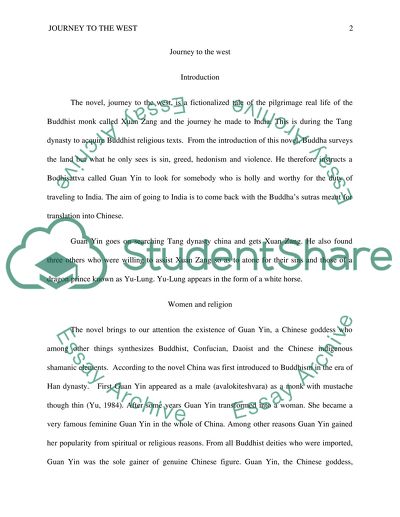Cite this document
(“Journey to the West Research Paper Example | Topics and Well Written Essays - 2000 words”, n.d.)
Retrieved from https://studentshare.org/literature/1398197-journey-to-the-west
Retrieved from https://studentshare.org/literature/1398197-journey-to-the-west
(Journey to the West Research Paper Example | Topics and Well Written Essays - 2000 Words)
https://studentshare.org/literature/1398197-journey-to-the-west.
https://studentshare.org/literature/1398197-journey-to-the-west.
“Journey to the West Research Paper Example | Topics and Well Written Essays - 2000 Words”, n.d. https://studentshare.org/literature/1398197-journey-to-the-west.


